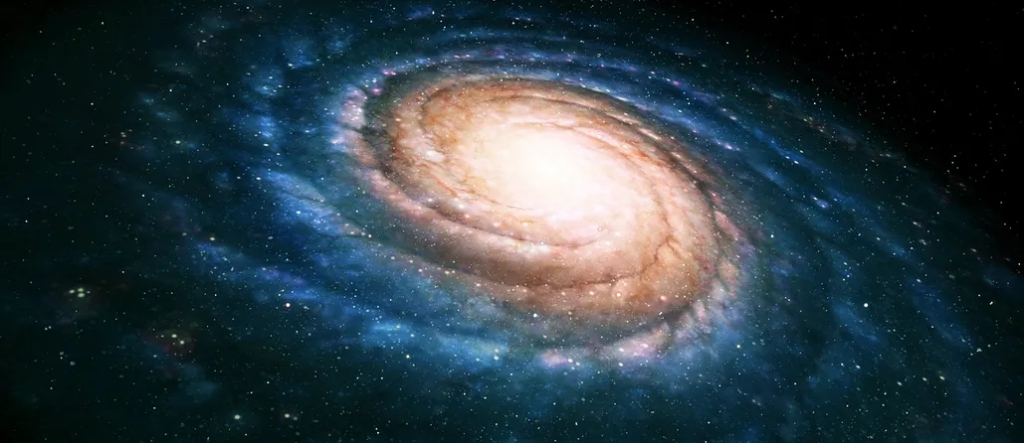
The Universe is also used as a reference point to display somethings enormity. “I love you more than anything in the world” is massively trumped by “I love you more than anything in the Universe.” But what does this really mean? How much can the universe really hold? How big is it REALLY? The Observable1 Universe itself is over 92 billion light years across. 92 BILLION!! For a brief scaling reference, just our Milky Way Galaxy (huge, by the way) is merely 100,000 light years across. Our Observable Universe is 920,000 times bigger than The Milky Way. Observed light from this far away could predate even the Milky Way itself. It would be 92 billion years old after all. With how advanced our science and technology is, even now it is hard to comprehend the sheer vastness of the Universe but it is a fascinating topic that I hope to learn more about.
- This is just obervable, who knows how much we do not know. ↩︎
Leave a comment